Cinema serves as a portal into the culture and societal realities, offering creative reflections on personalities and worldviews. Watching films can deepen our understanding of a country’s culture and way of life, consequently aiding in language comprehension. Spanish cinema stands out for its unique characteristics, distinct from American or other European aesthetics. To kickstart your exploration, we’ve curated a list of the top 10 Spanish films.
Here are the Spanish films we of the Spanish Language School highly recommend watching. These selections, in our view, encapsulate the essence of Spanish culture. So, settle in, enjoy the viewing experience, and enhance your Spanish skills!
1. El laberinto del fauno (2006) – Guillermo del Toro (México)
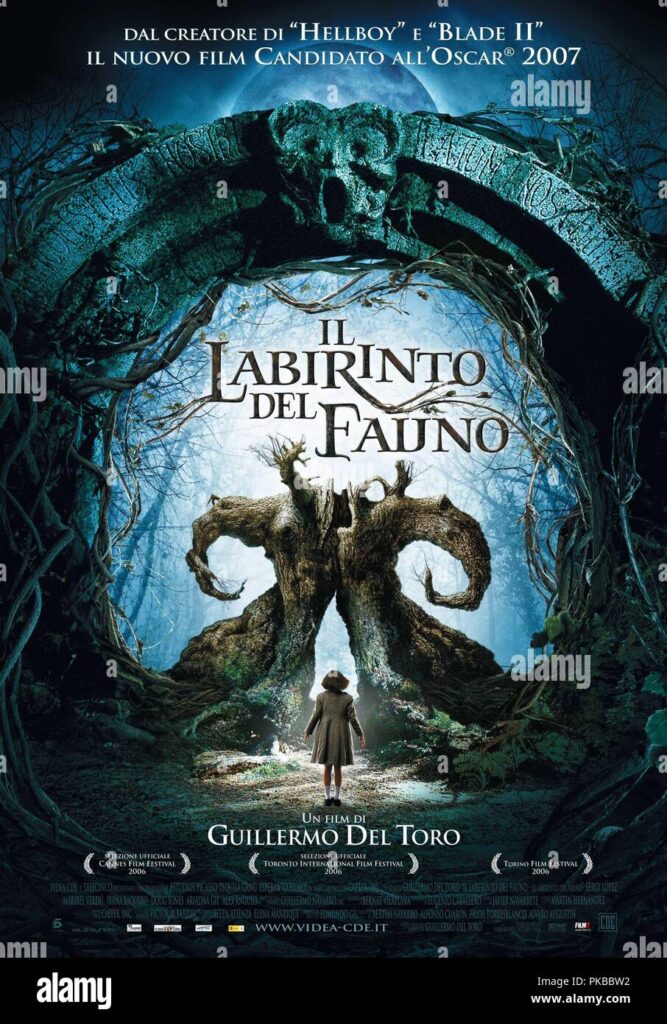
Pan’s Labyrinth (2006), directed by Guillermo del Toro, is a film that blends fantasy and reality set against the backdrop of post-Civil War Spain in 1944. The story follows Ofelia, a ten-year-old girl who moves with her pregnant mother to a rural mill where her stepfather, the ruthless Captain Vidal, is fighting against the Republican rebels. Ofelia discovers an ancient labyrinth and meets a faun who reveals that she is the reincarnation of a princess from the underworld. To return to her kingdom, she must complete three perilous and magical tasks.
2. Amores perros (2000) – Alejandro González Iñárritu (México)

Is a Mexican drama that interweaves three stories connected by a car accident in Mexico City. The film explores themes of love, loss, and the complexity of human relationships through the lives of a young man involved in dogfighting, a supermodel who suffers a severe injury, and a former revolutionary turned hitman. Each story reveals the darker side of life and the consequences of the characters’ actions.
3. Roma (2018) – Alfonso Cuarón (México)

It follows a year in the life of Cleo, a young indigenous domestic worker for a middle-class family in the neighborhood of Roma. As Cleo navigates her own personal challenges, including an unexpected pregnancy and abandonment by her lover, she also witnesses the family’s struggles as they face marital issues and social upheavals. The film beautifully captures the intersection of Cleo’s personal story with the broader societal and political changes in Mexico during that time. Through stunning black-and-white cinematography and intimate storytelling, Roma paints a vivid portrait of domestic life, social class, and the resilience of women.
4. El secreto de sus ojos (2009) – Juan José Campanella (Argentina)

is an Argentine thriller that interweaves two timelines. The plot follows Benjamin Esposito, a retired justice officer who decides to write a novel about a rape and murder case he investigated years earlier. During the investigation, Benjamin confronts his own past and his feelings for his colleague, Irene.
The film explores themes of justice, love, and obsession, while flashbacks reveal crucial details of the case and the emotional connection between the characters. With a surprising plot twist and captivating cinematography, “El secreto de sus ojos” captivates audiences with its suspense and deep exploration of the human condition.
5. Radical (2023) Christopher Zalla (México)
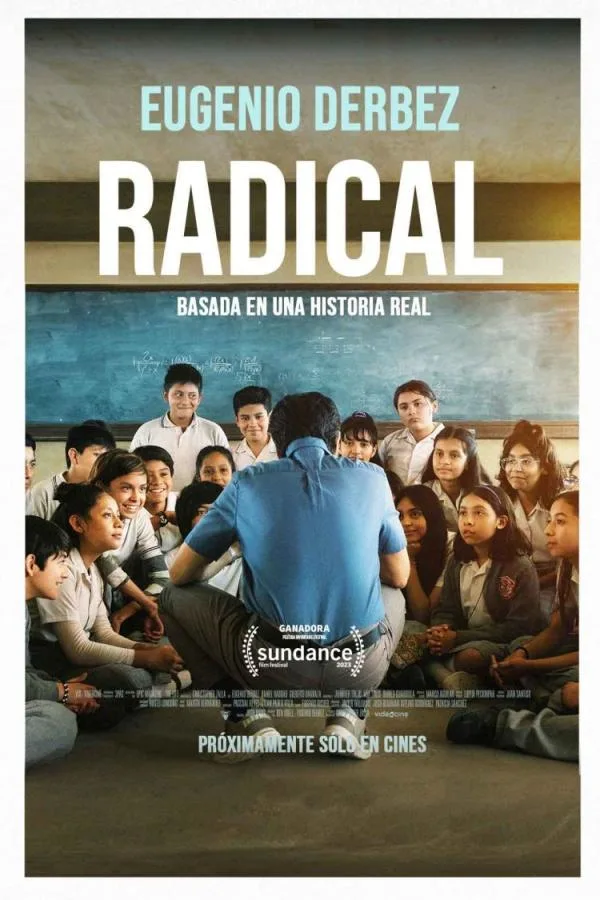
Sixth-grade students at Jose Urbina Lopez Elementary are situated among the lowest-performing students in Mexico, entrenched in a world marked by violence and adversity rather than opportunity. While this environment may appear bleak and devoid of hope, it serves as the ideal setting for new teacher Sergio Juarez to embark on a journey of innovation and change.
6. Habla con ella (2002) – Pedro Almodóvar (Spain)
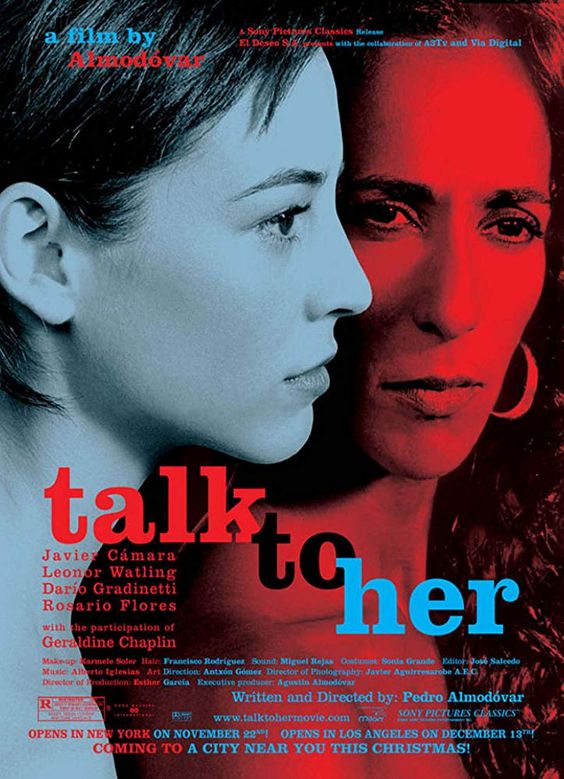
is a Spanish film that intertwines the lives of two men who form an unlikely friendship as they care for two women in comas. The film explores themes of communication, loneliness, and the complexities of human relationships. Through intricate storytelling and Almodóvar’s unique visual style, “Talk to Her” delves into the emotional intricacies of love, intimacy, and the power of connection amidst life’s challenges.
7. Argentina 1985 (2022) – Santiago Mitre (Argentina)
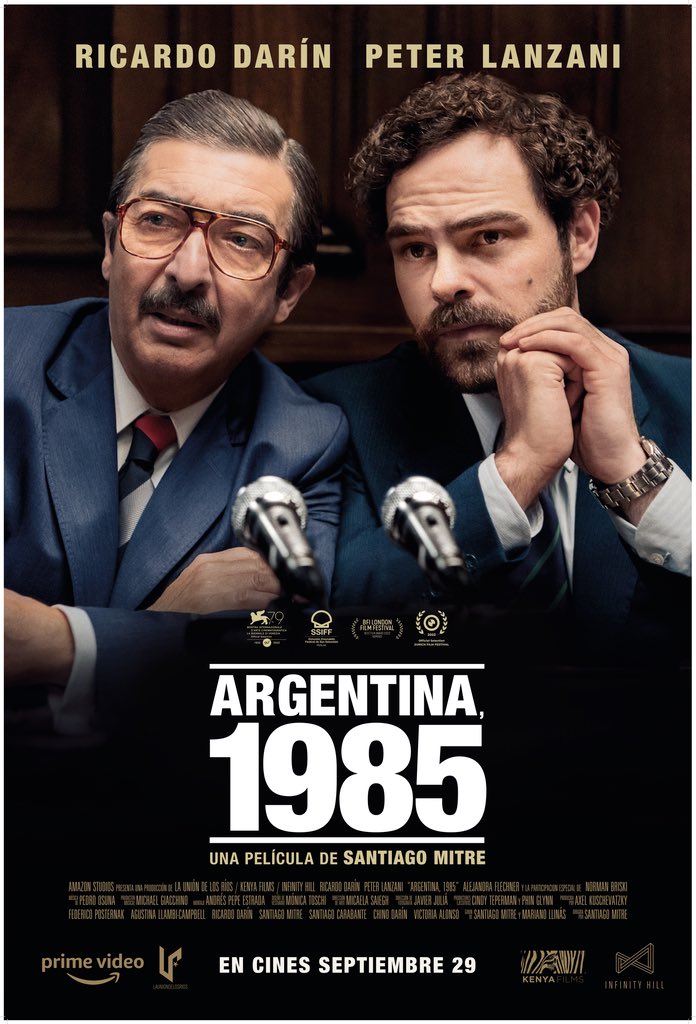
This Argentine political drama, based on a gripping true narrative, carries a potent inspirational message and issues a stern caution against fascism. “Argentina, 1985” also unfolds as a gripping thriller with finely crafted characters and superb performances. A pivotal juncture shifts the narrative from a steady drama to a vital and pertinent thriller. This turning point isn’t one of the myriad death threats received by prosecutor Strassera for endeavoring to bring the leaders of a fascist regime to justice. It’s a pop melody. Until then, the film predominantly features mature men conversing in chambers adorned with somber wooden panels. When the distinctly ’80s pop tune resonates, we realize that this transpired in our recent annals.
8. La flor (2016) – Mariano Llinás (Argentina)

he film, which premiered in Argentina in 2018, spans over ten years of production and runs for fourteen hours. It has received critical acclaim worldwide, being praised for its innovative storytelling and diverse genres. Despite initial reservations about online distribution, Llinás decided to share the film as a response to the Covid-19 pandemic, providing a source of entertainment and solidarity during times of isolation. “La flor” has been described as experimental and ambitious, blending various film styles and featuring compelling performances. Its availability online challenges traditional viewing habits and highlights the evolving landscape of film distribution in the digital age.
9. La llegada (2022) – Alejandro Rojas, Juan Sebastián Vásquez (Venezuela)
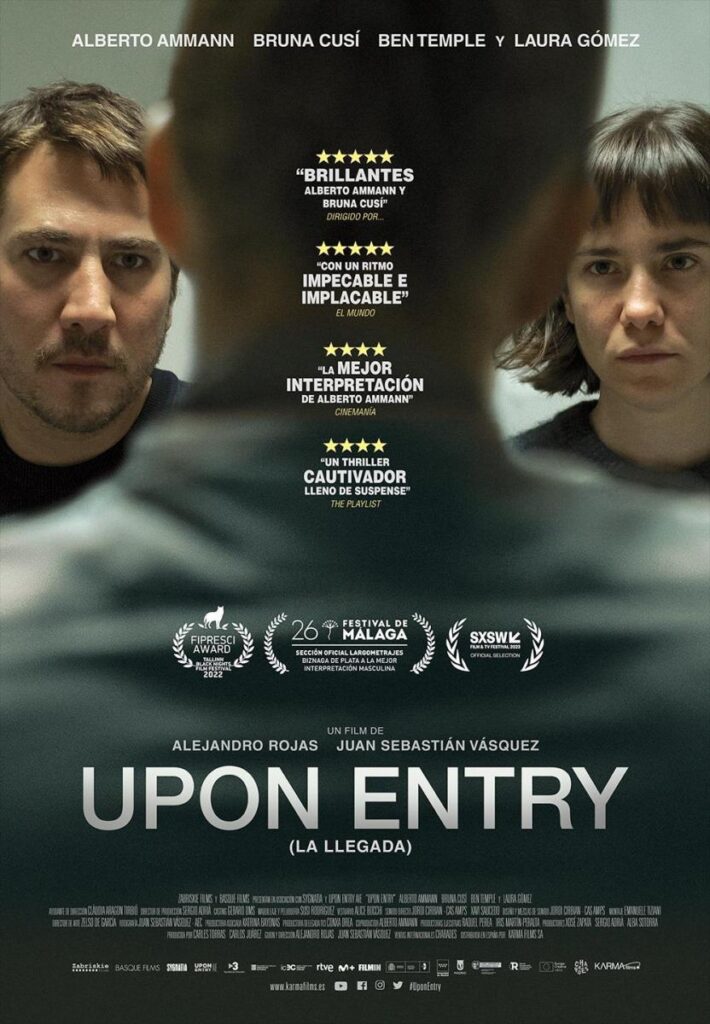
Diego, an urbanist from Venezuela, and Elena, a contemporary dancer from Barcelona, embark on a journey to the United States with hopes of starting anew. However, their aspirations are quickly met with adversity upon their arrival at Newark Airport’s immigration area. Subjected to an unpleasant inspection process and grueling interrogation, they find themselves in a precarious situation. As the interrogation progresses, Diego and Elena are compelled to divulge secrets they have yet to share with each other, as well as undisclosed information from previous application processes. This revelation not only jeopardizes their immigration process but also strains their mutual trust and puts their fledgling relationship to the test amidst the challenges of navigating a new life in a foreign land.
10. Relatos salvajes (2014) – Damián Szifron (Argentina)
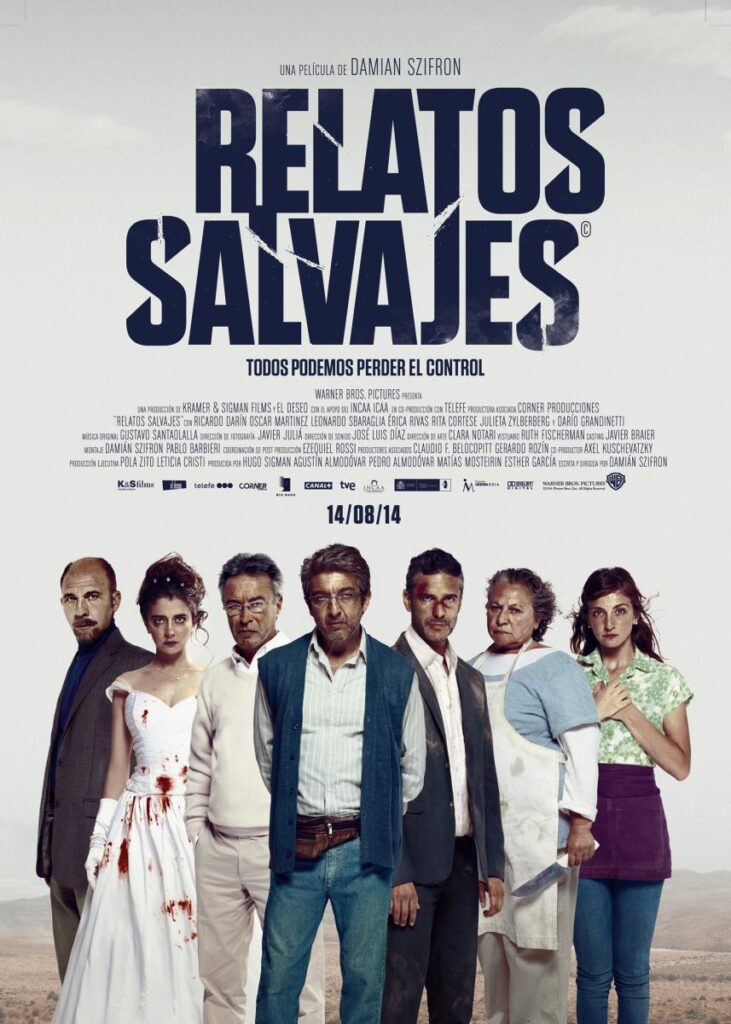
is an anthology film comprising six standalone stories, each exploring the theme of revenge and retribution. Set in Argentina, these tales unfold with dark humor and sharp wit, delving into the unpredictable and often chaotic nature of human behavior when pushed to its limits. From road rage incidents to bureaucratic absurdities, each story presents a different facet of the human psyche, showcasing the absurdities and complexities of modern life. Through its episodic format, “Wild Tales” offers a compelling and entertaining exploration of the human capacity for vengeance and the consequences that follow.
